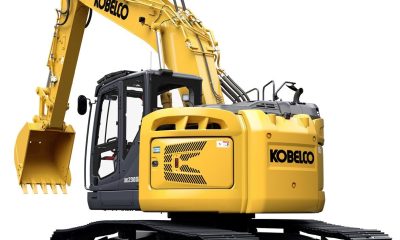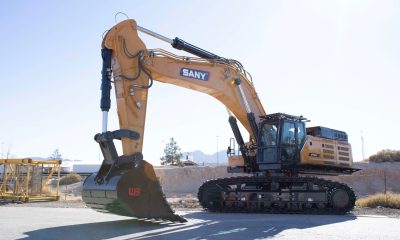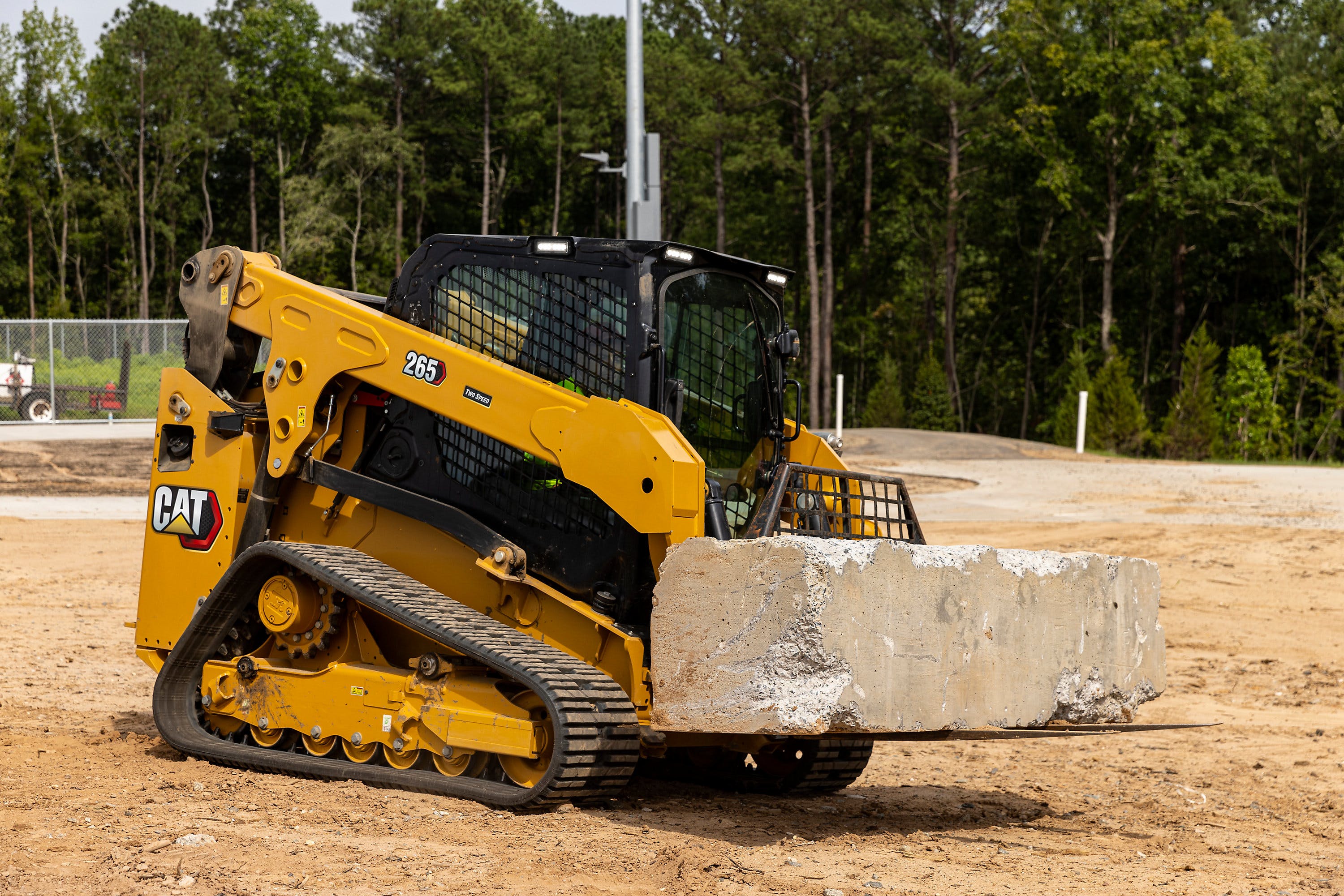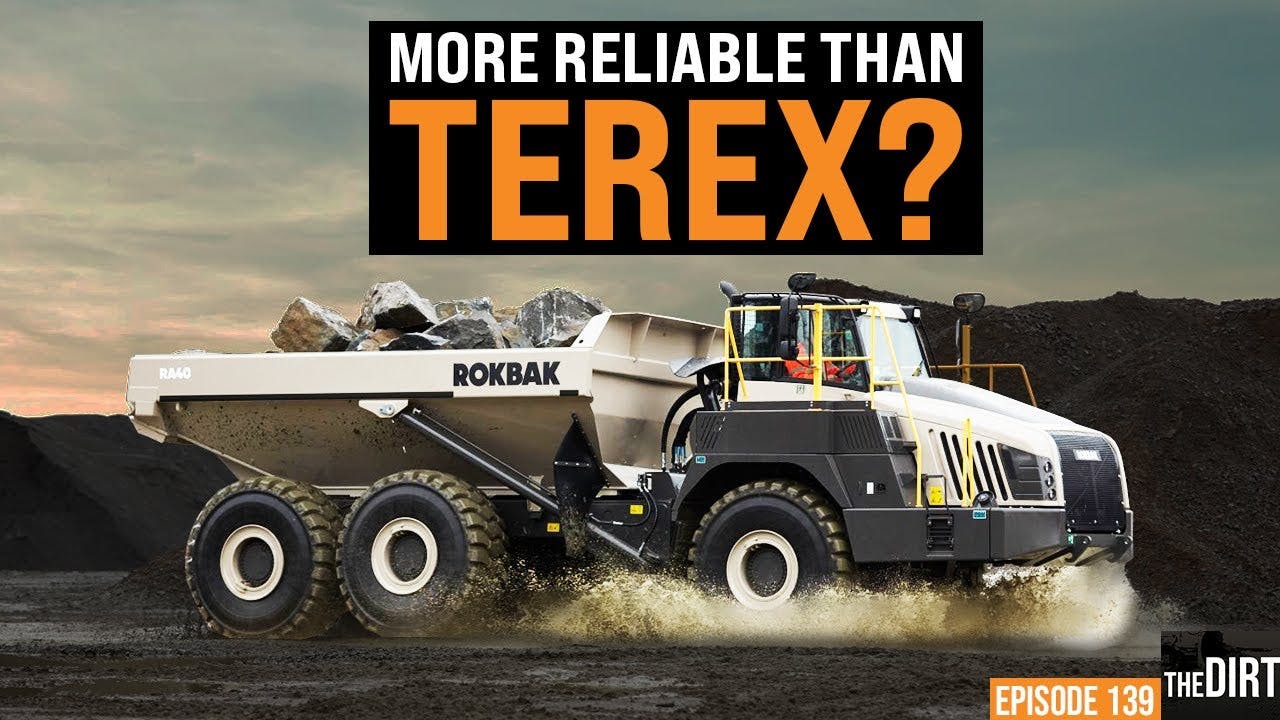Caterpillar’s small excavator lineup looks pretty different these days with the inclusion of new models and their GC counterparts. In this video we discuss the new 317 and 317 GC, how these models differ and how they both improve over the 316F L that they replace.
Mentioned in this video:
The New Cat 315 is All About Speed
How is the New Cat 315 GC Excavator Different from the Standard Model? Who’s it For?
A few weeks back we took a look at two of Cat’s latest next-generation excavators, the 315 and the 315 GC. But those two machines aren’t the only new updates to hit Cat’s small excavator lineup of 13-20 metric ton machines. The revamped lineup also includes two new 317 models, the 317 and the 317 GC.
Unlike the 315 models, which are both around the same weight, the 317 and 317 GC differ slightly. While the 317 GC weighs in at around 38,100 pounds or 17 metric tons, the standard 317 is heavier at 40,200 pounds, or 18 metric tons.
When it comes to working ranges and forces, however, the two are nearly identical despite their price difference. Both 317 models have a max dig depth of 21 feet and a max reach of 29 feet. Max loading height is 20.6 feet, and bucket digging force is 27,650 pound feet.
But another area of difference is the engine.

Engines and Hydraulics
While the 317 GC is powered by Cat’s awesome new C3.6—an engine found in a wide variety of Cat’s smaller equipment—the 3.6 provides 119 net hp. The standard 317, however is powered by the Cat C4.4, pushing a more powerful 130 hp.
Another note on engine differences, the C4.4 on the 317 supports three working modes, while the C3.6 on the GC model only has two. On the GC model, operators can switch into Eco and Smart mode—smart mode attempts to save you fuel without putting a cap on potential power—while the standard 317 gets those two modes plus a power mode when you need every ounce of the machine’s performance.
And that really brings us to the primary difference between these two machines—performance. Specifically, quickness.
Though they have the same new-and-improved electronically-controlled hydraulics system, the hydraulics performance in the more expensive standard 317 is unsurprisingly quicker and more powerful than the 317 GC.
That’s partly due to the 317’s more powerful engine, but also because the 317 GC misses out on the optimizations that Cat made to the hydraulics on the standard 317 that amount to an increase in hydraulic efficiency on the standard model. While the 317 has been optimized to create more hydraulic flow at a similar pressure to the system that came on the 316F L, the model that came before it, the 317 GC—at least when it comes to performance—retains the performance of that older 316F L.

Cat says the 317 also boasts a higher swing torque and a bit more drive power than what’s offered by the 317 GC.
So, as we noted in our look at the 315 GC, the primary benefit of these GC models is that you’re basically getting last-generation power but in a new package that is less expensive, while still benefiting from many of the new next generation features.
For instance, while the two models differ in hydraulic power, because both the 317 and the 317 GC do have electro-hydraulic controls, control response times on both machines will be faster than those previous F-Series machines thanks to the quicker response due to the removal of pilot lines.
So in that vein, let’s look at a few other ways these two machines are similar.
Cab
First of all, they both sport Cat’s next generation excavator cab design. These are low-profile cabs with large front, rear and side windows that significantly improve visibility over the F-Series models they replace. Plus, the new cab is founded atop viscous cab mounts that greatly reduce vibration during operation.
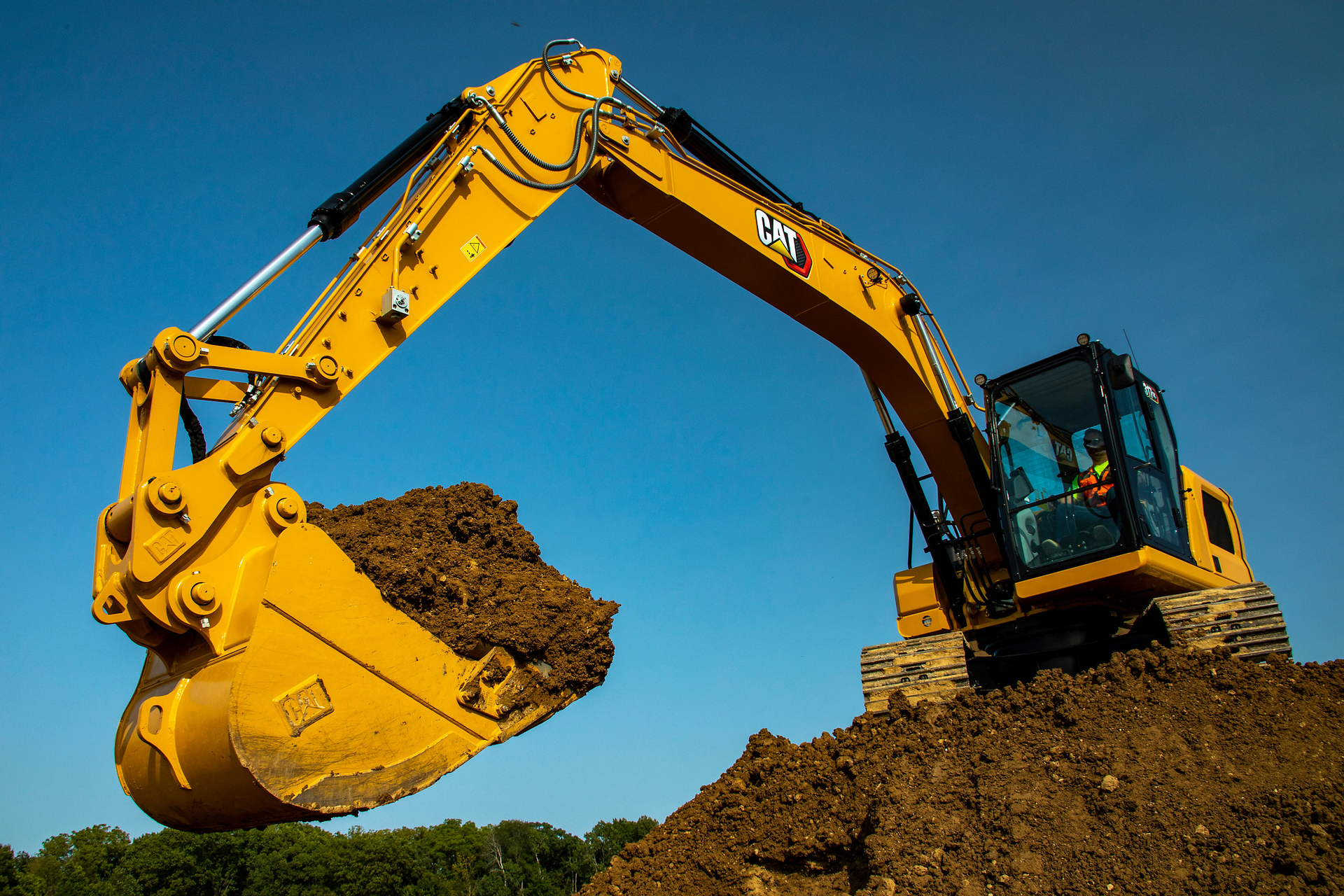
Now, in the cab, the GC model saves you a few bucks over the standard 317 by using an 8-inch touchscreen instead of a 10-inch and by going with an opaque steel hatch while the 317 gets the nicer see-through poly hatch that gives you overhead visibility and a bit more light. Plus, instead of a heated air-ride seat, the GC model has a mechanical suspension seat.
Apart from those differences though, these cabs are identical.
Maintenance
Another important similarity between these two machines is their huge reduction in maintenance costs.
With the elimination of certain filters and large interval extensions to others—such as the 50 percent increase to 3,000 hours on the hydraulic oil filter—both new 317 models can save you up to 20 percent on your maintenance costs over the 316F L.
Standard Technology Brings Huge Productivity Boost to 317
We’ll round things out here on the 317 and 317 GC with a discussion of the biggest difference between these two machines apart from performance and that’s standard technology.
While the standard 317 comes packed with standard technology like real-time Cat Payload measuring, Cat Grade with 2D grade indicate—upgradable to 3D—, VisionLink telematics monitoring, the 2D E-fence safety system and the ability to remotely run diagnostics, troubleshoot and upgrade firmware, the 317 GC doesn’t have any of those features.
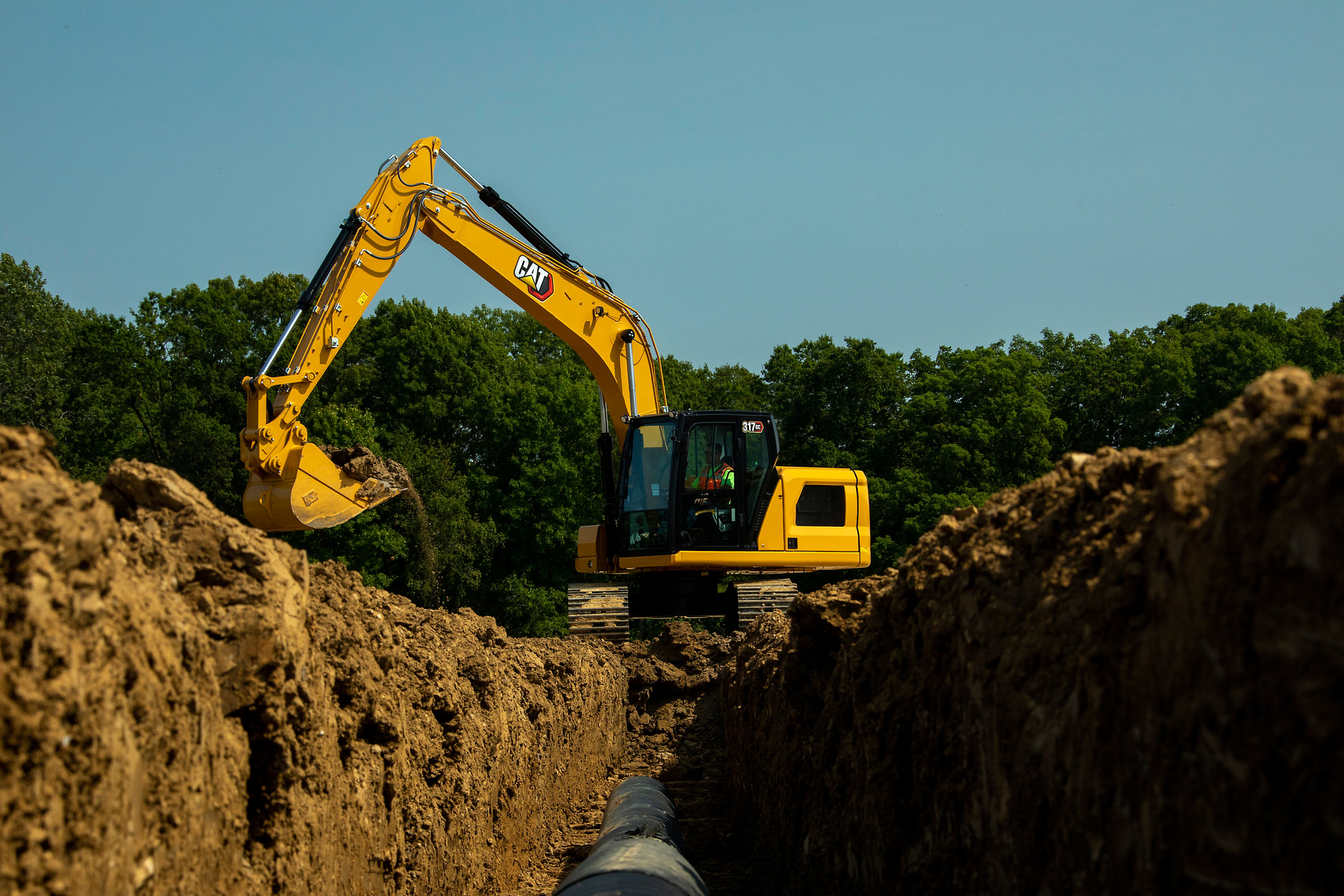
As I discussed in our video on the 315 GC, Cat excavators are beginning to differentiate themselves from the competition not just on the quality of their machine control and telematics technology, but also on the standard inclusion of this technology on these next-generation models.
Cat says the combination of those standard tech features I just listed off on the 317 can boost operating efficiencies by up to 45 percent. That’s a huge boost in productivity and Cat is really proud of that number.
Cat knows it’s the premium option and the company knows that there is plenty of strong competition. So, like I said before Cat is drawing a line in the sand with that 45% productivity boost number.
The Bottom Line

Cat is differentiating as the premium equipment brand on the strength of its technology to justify the added expense of its machines.
But getting back to this 317 GC model, Cat also knows that not everybody needs those technology features out of a 317-sized machine. Maybe it’s a support machine or one you use a few hundred hours a year.
With both the 315 GC and the 317 GC, Cat is trying to give customers the machine at the right size for their needs, but with a bit more control over necessary features.
If you need technology, the standard models have it all…standard. If you don’t, the GC machines give you a new cab, new E/H controls, greatly reduced maintenance costs and all at a lower price point.

 Business5 years ago
Business5 years ago
 Business3 years ago
Business3 years ago
 Tech3 years ago
Tech3 years ago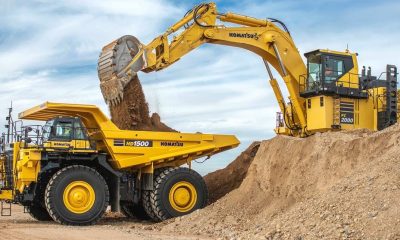
 Tech2 years ago
Tech2 years ago












